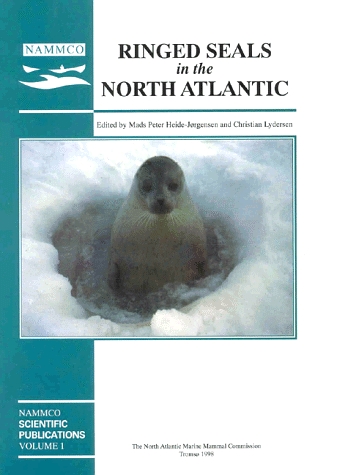The ringed seal (Phoca hispida) in the western Russian Arctic
DOI:
https://doi.org/10.7557/3.2981Keywords:
ringed seals, Phoca hispida, abundance, reproduction, Russia, harvestAbstract
This paper presents a review of available published and unpublished material on the ringed seal (Phoca hispida) in the western part of the Russian Arctic, including the White, Barents and Kara seas. The purpose of the review is to discuss the status of ringed seal stocks in relation to their primary habitat, the history of sealing, and a recent harvest of the species in the region. The known primary breeding habitats for this species are in the White Sea, the south-western part of the Barents Sea, and in the coastal waters of the Kara Sea, which are seasonally covered by shore-fast ice. The main sealing sites are situated in the same areas. Female ringed seals become mature by the age of 6, and males by the age of 7. In March-April a female gives birth to one pup in a breeding lair constructed in the shore-fast ice. The most important prey species for ringed seals in the western sector of the Russian Arctic are pelagic fish and crustaceans. The maximum annual sealing level for the region was registered in the first 70 years of the 20th century: the White Sea maximum (8,912 animals) was registered in 1912; the Barents Sea maximum (13,517 animals) was registered in 1962; the Kara Sea maximum (13,200 animals) was registered in 1933. Since the 1970s, the number of seals harvested has decreased considerably. There are no data available for the number of seals harvested annually by local residents for their subsistence.





